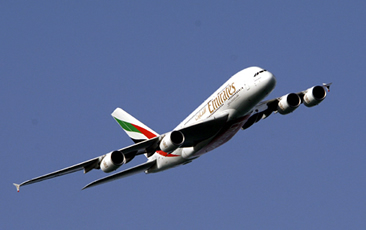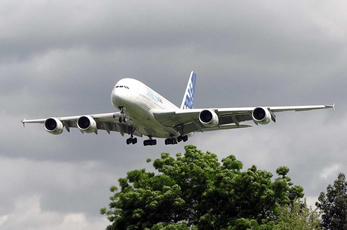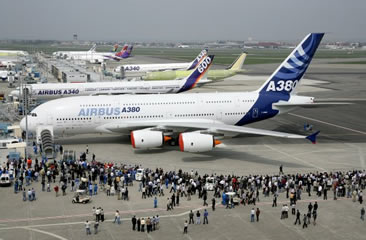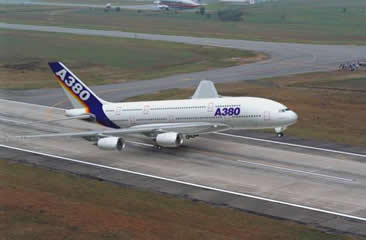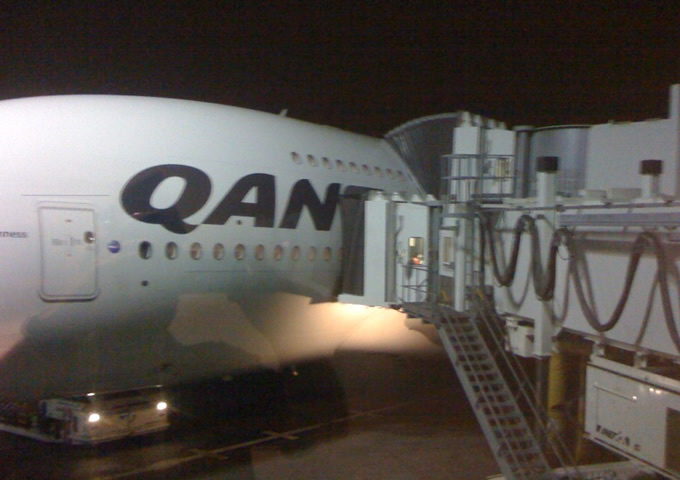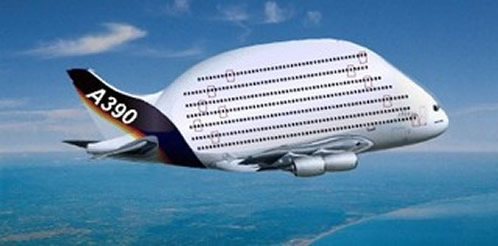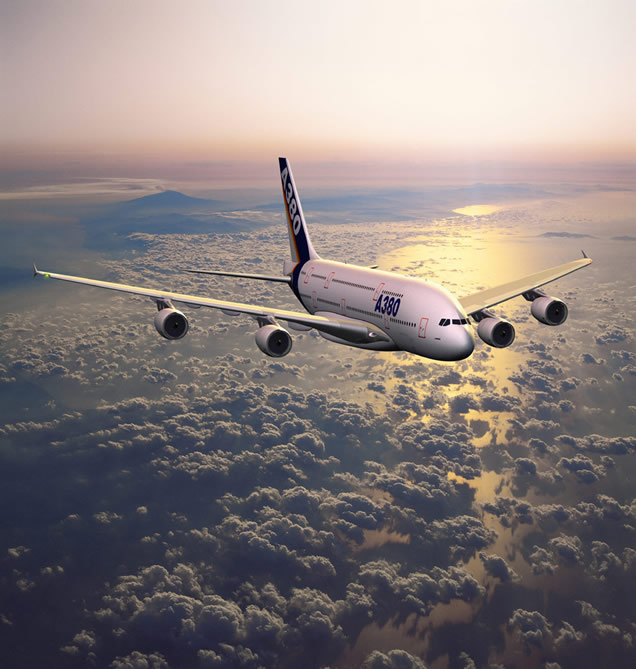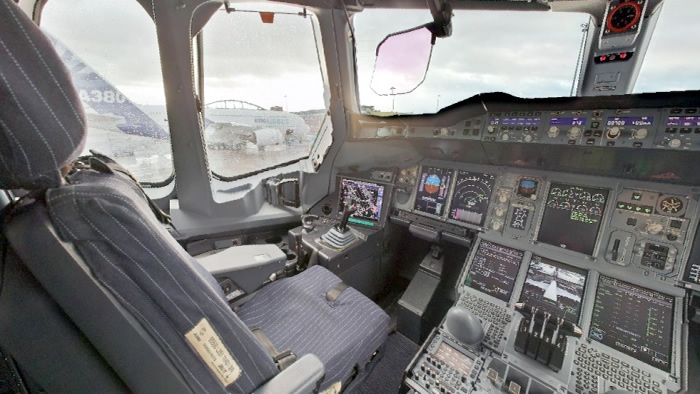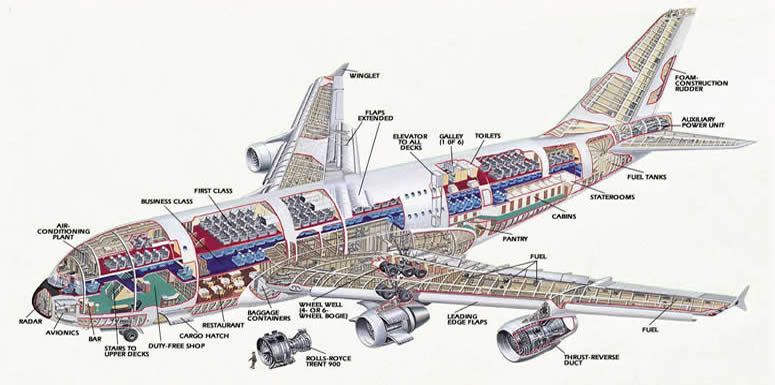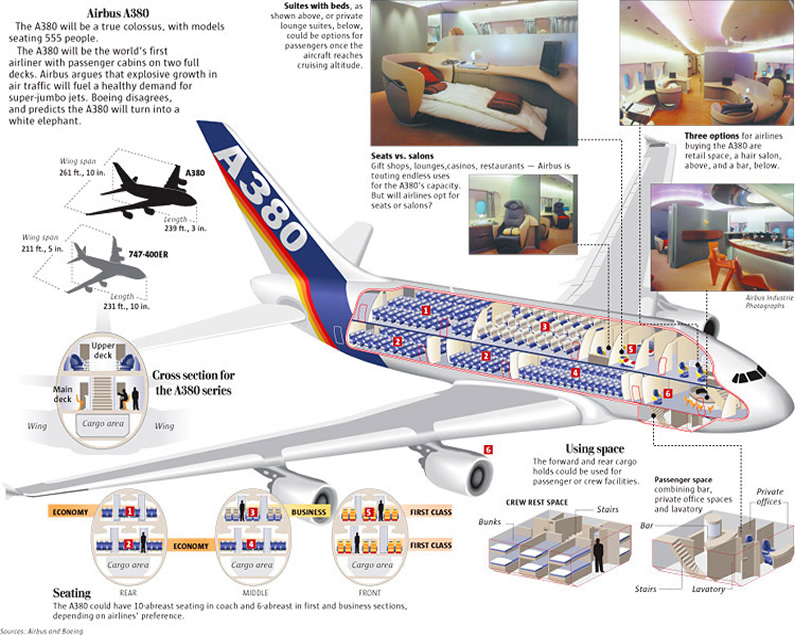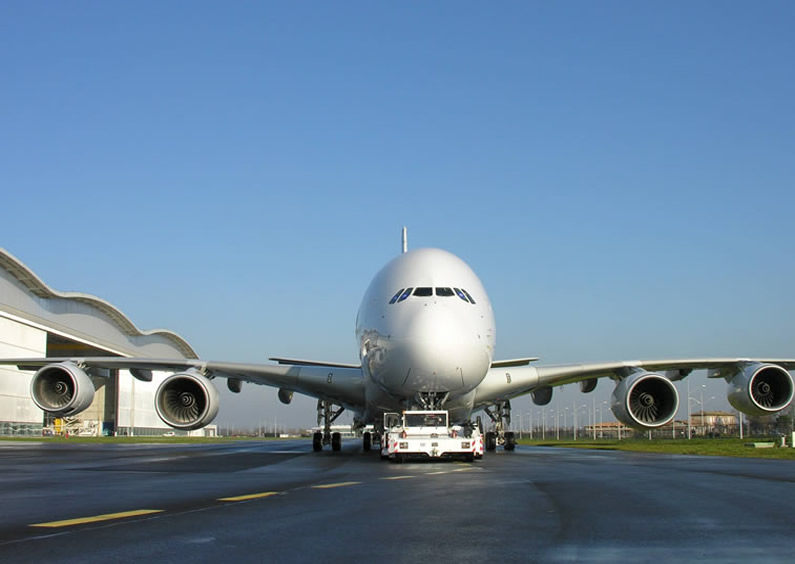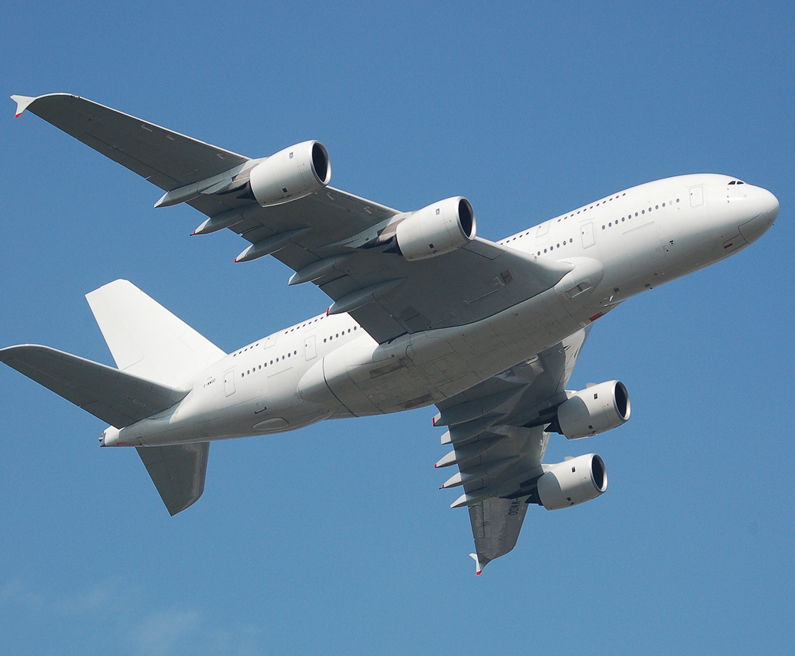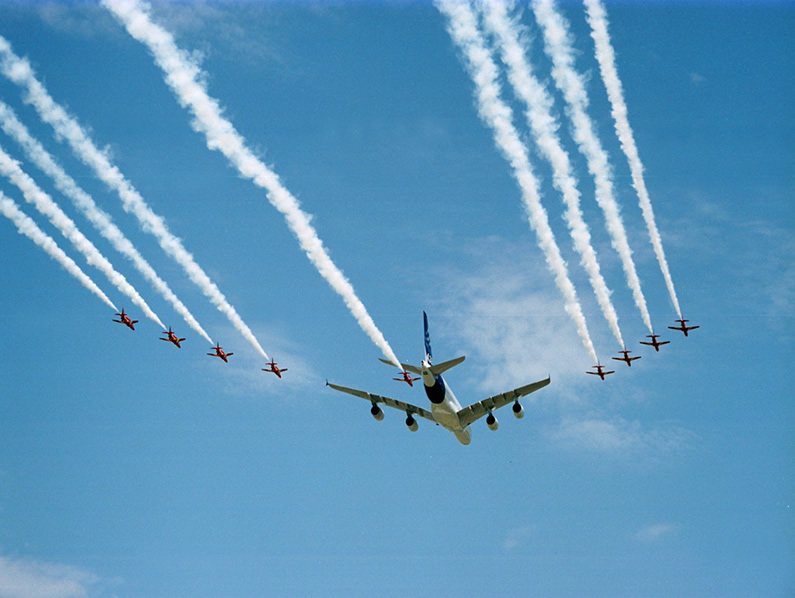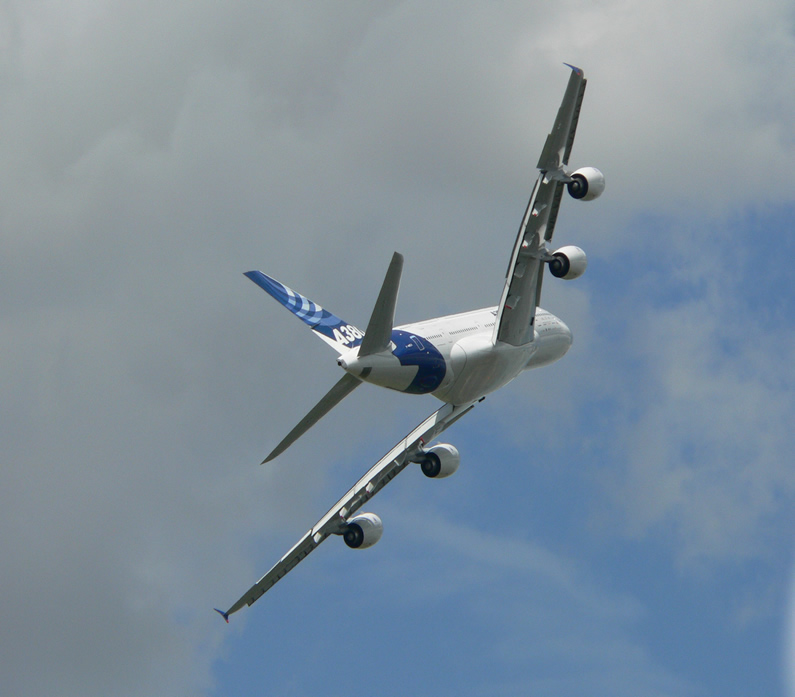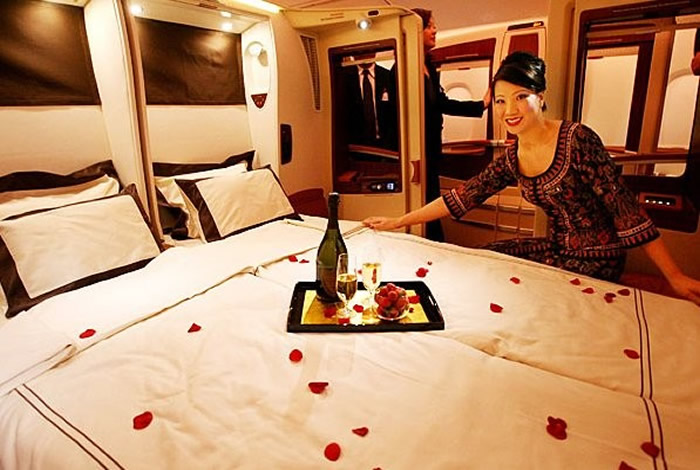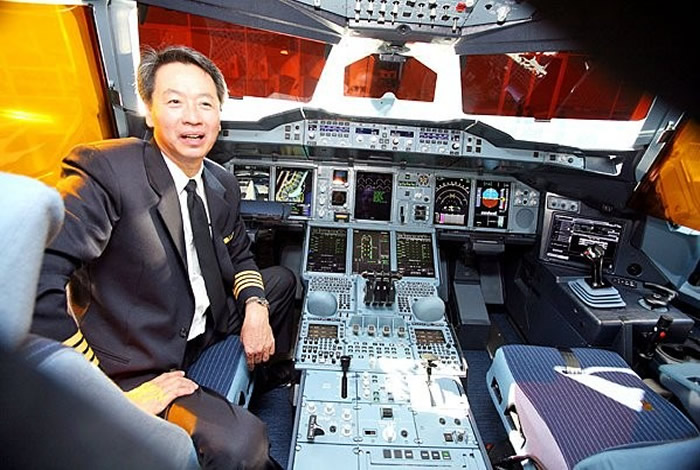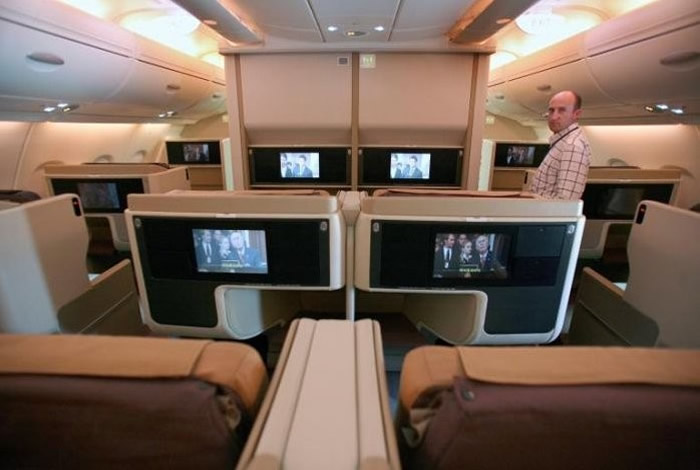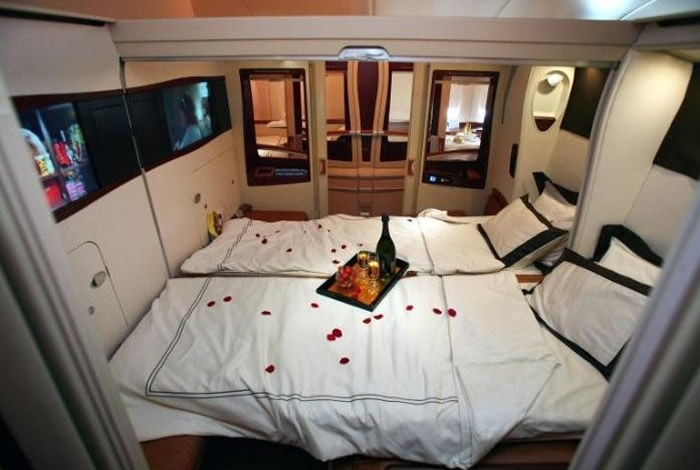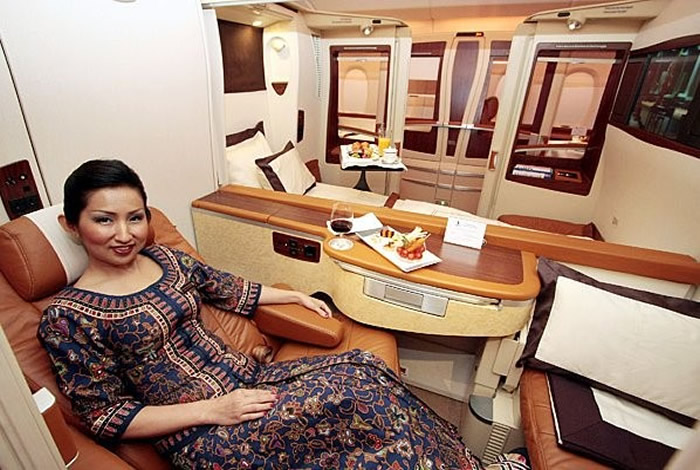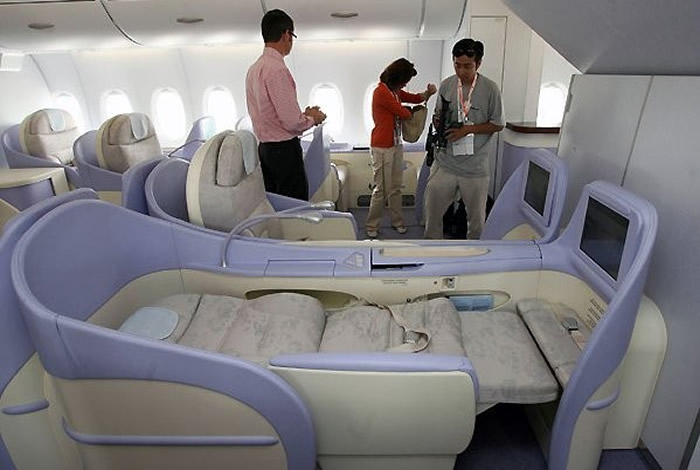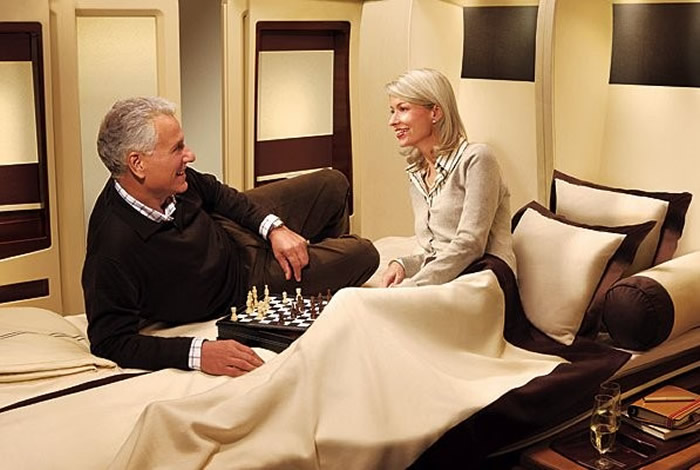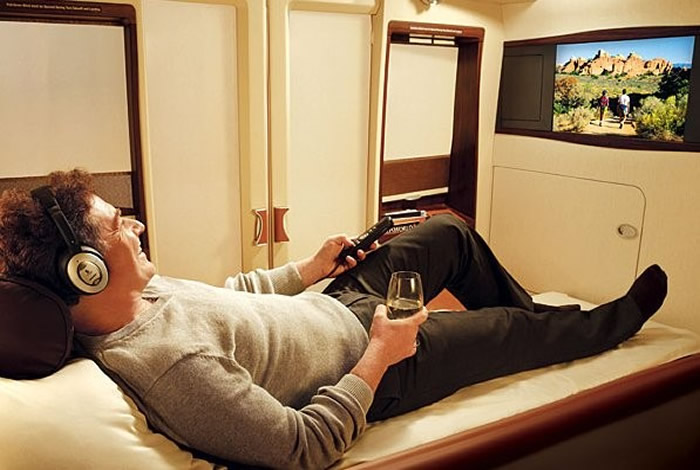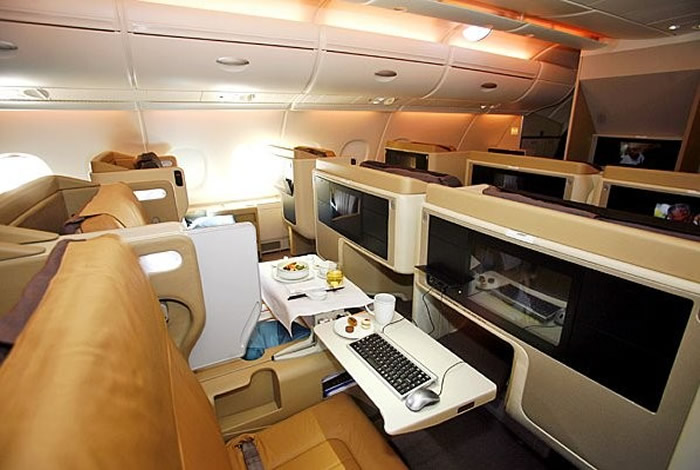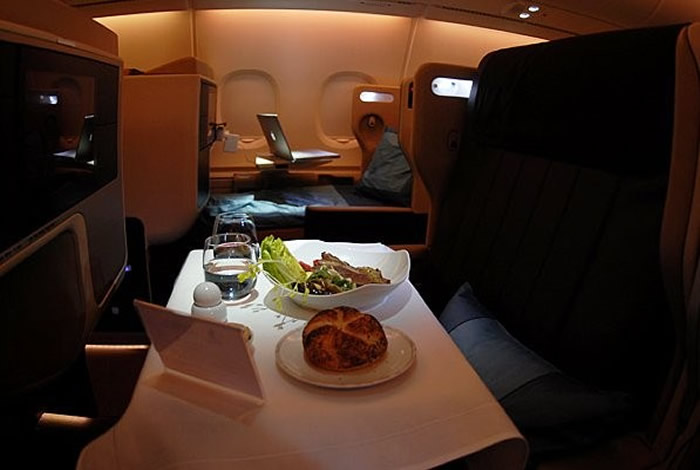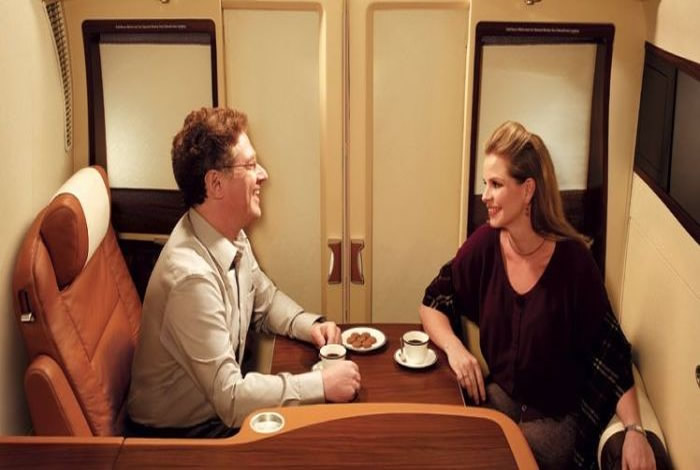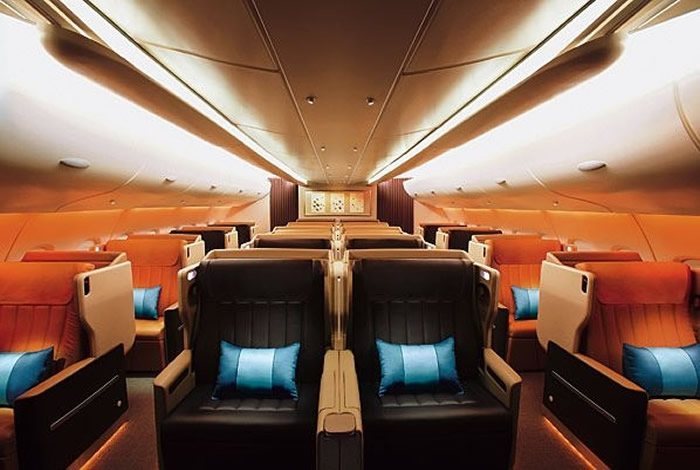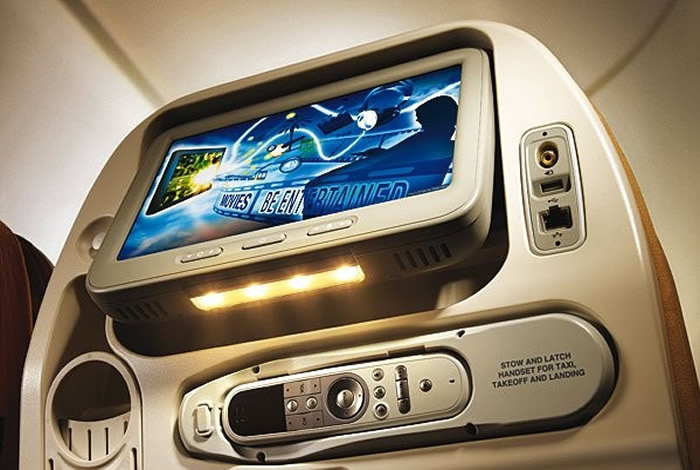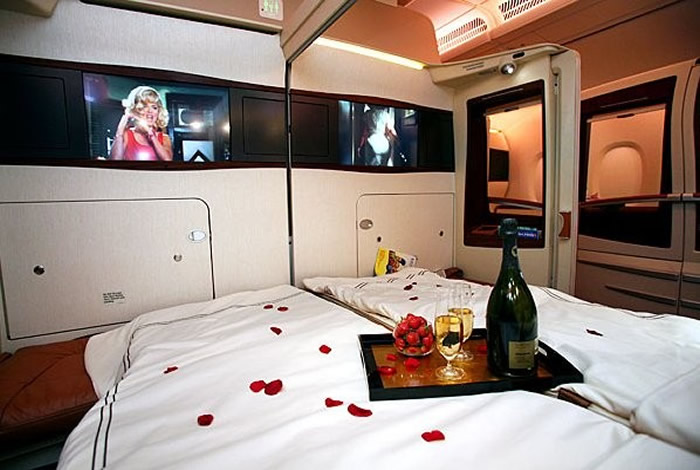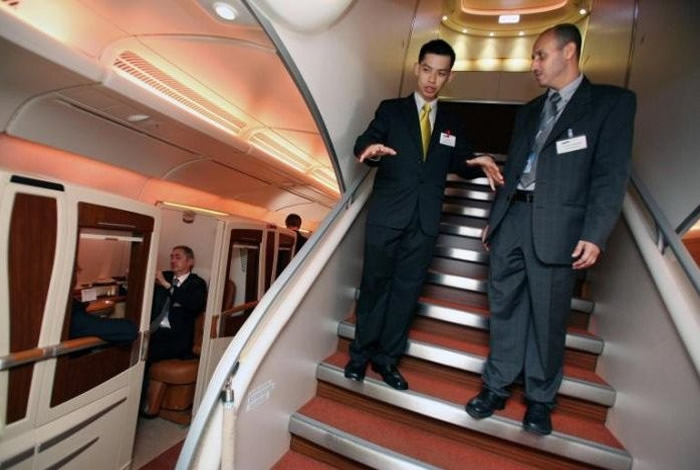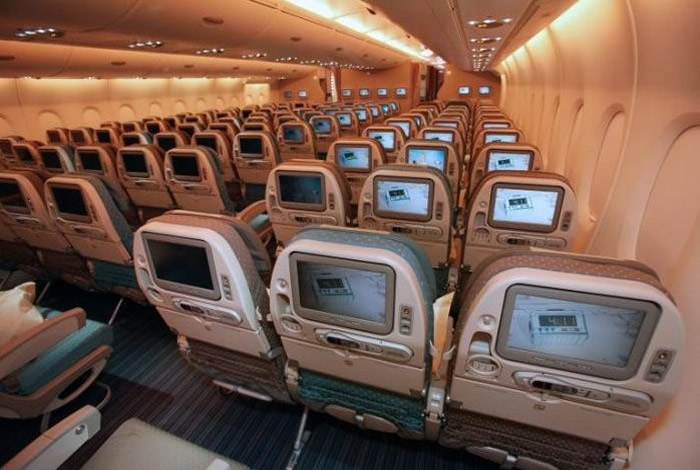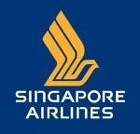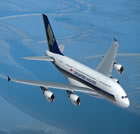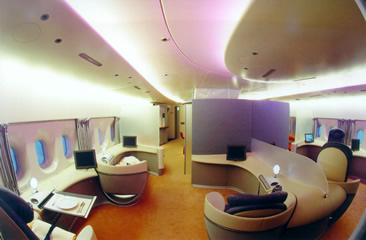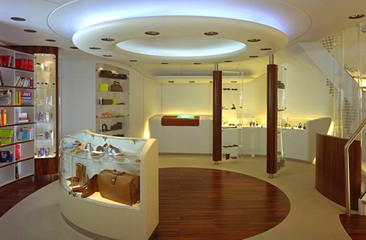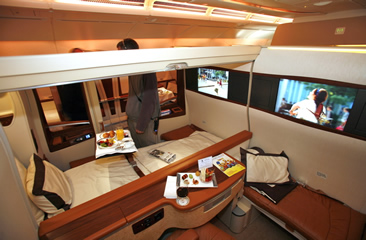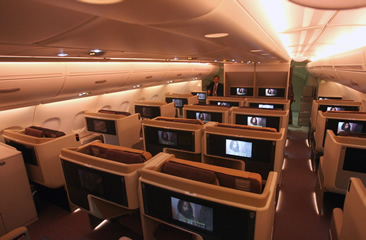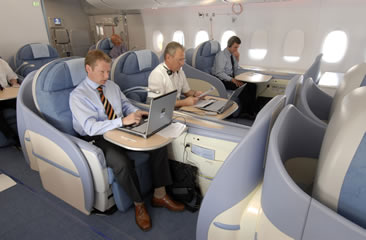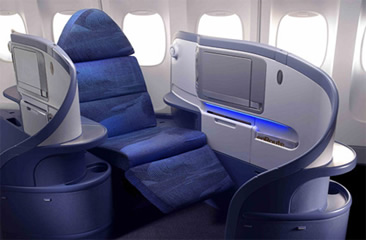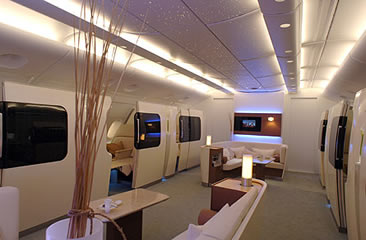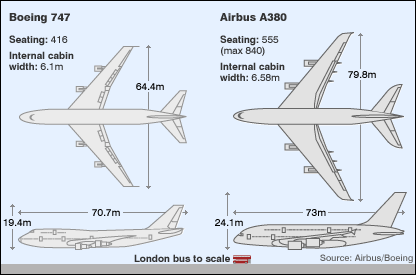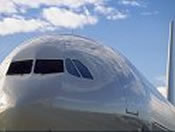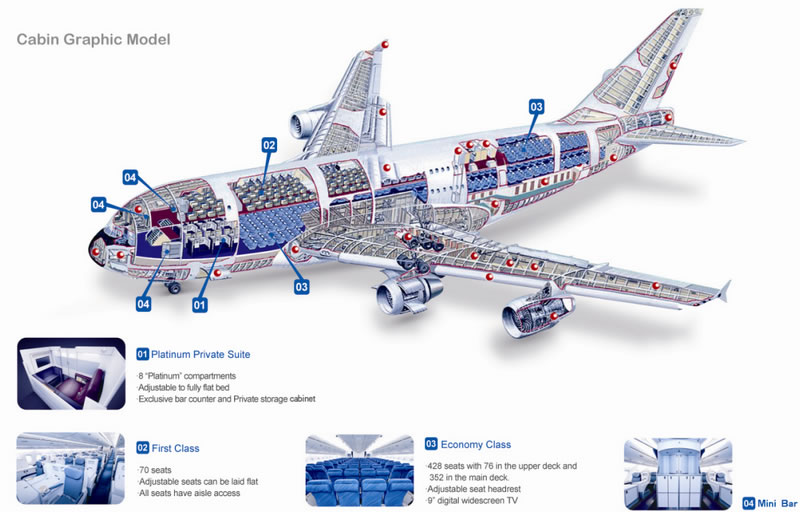The Airbus A380 is a double-deck, wide-body, four-engine airliner manufactured by the European corporation Airbus, an EADS subsidiary.
The largest passenger airliner in the world, the A380 made its maiden flight on 27 April 2005 from Toulouse, France, and made its first commercial flight on 25 October 2007 from Singapore to Sydney with Singapore Airlines. The aircraft was known as the Airbus A3XX during much of its development phase, but the nickname Superjumbo has since become associated with it. The Word "Super Jumbo" is used by ATC to call the A380 on Radio ATC.
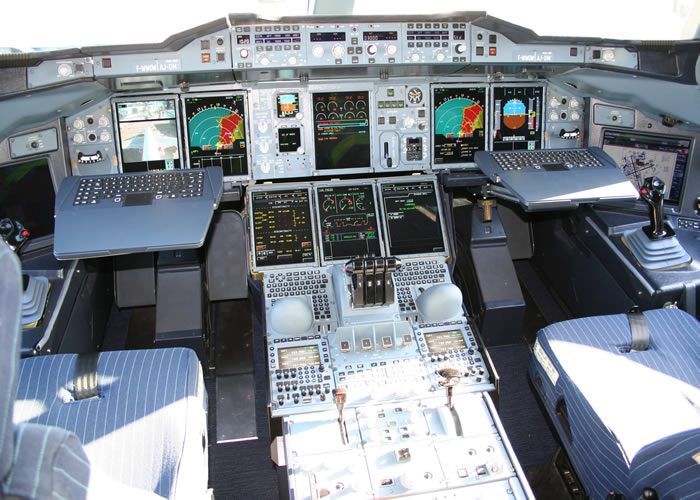
The A380's upper deck extends along almost the entire length of the fuselage, and its width is equivalent to that of a widebody aircraft. This allows for a cabin with 50% more floor space than the next-largest airliner, the Boeing 747-400. and provides seating for 525 people in standard three-class configuration or up to 853 people in all economy class configuration.

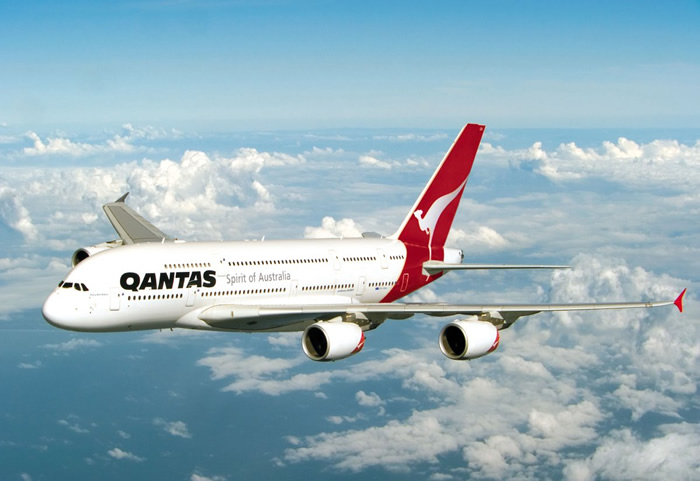
The A380 is offered in passenger and freighter versions. The A380-800, the passenger model, is the largest passenger airliner in the world, but has a shorter fuselage than the Airbus A340-600 which is Airbus' next biggest passenger aeroplane.
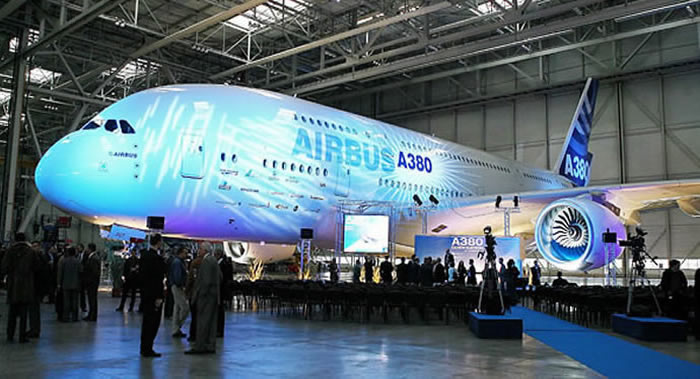
The A380-800F, the freighter model, is offered as one of the largest freight aircraft, with a listed payload capacity exceeded only by the Antonov An-225.The A380-800 has a design range of 15,200 kilometres (8,200 nmi), sufficient to fly from Boston, Massachusetts to Hong Kong for example, and a cruising speed of Mach 0.85 (about 900 km/h or 560 mph at cruising altitude). It is the first commercial jet capable of using GTL-based fuel.
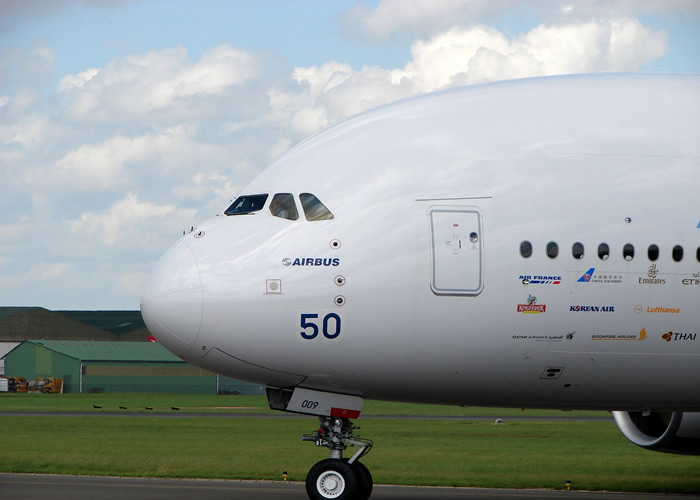
The A380, known for many years during its development phase as the Airbus A3XX, will be the largest airliner in the world by a substantial margin when it enters service.
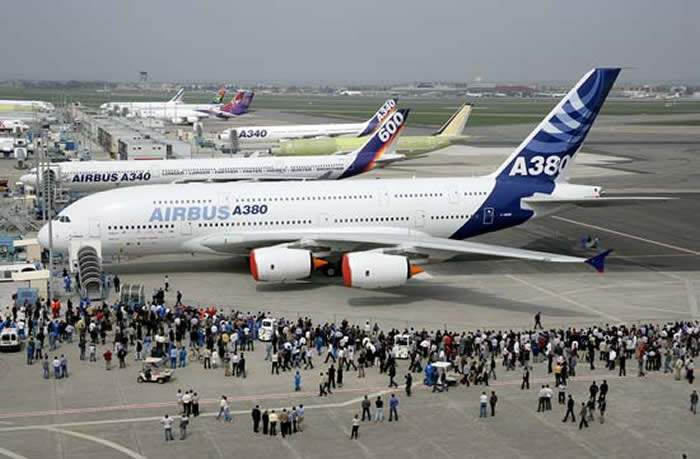
The A380 was unveiled in a lavish ceremony in Toulouse, France, on January 18, 2005. Its Manufacturer's serial number (MSN) was 001 with the registration F-WWOW.
The new Airbus will initially be sold in two versions: the A380-800, a full double-decker configuration, with the ability to carry 555 passengers, in a three-class configuration, or up to 800 passengers in a single economy configuration, for 8,000 nautical miles (14,800 km), and the A380-800Fdedicated freighter, to carry 150 tons for 5,600 miles (10,400 km).
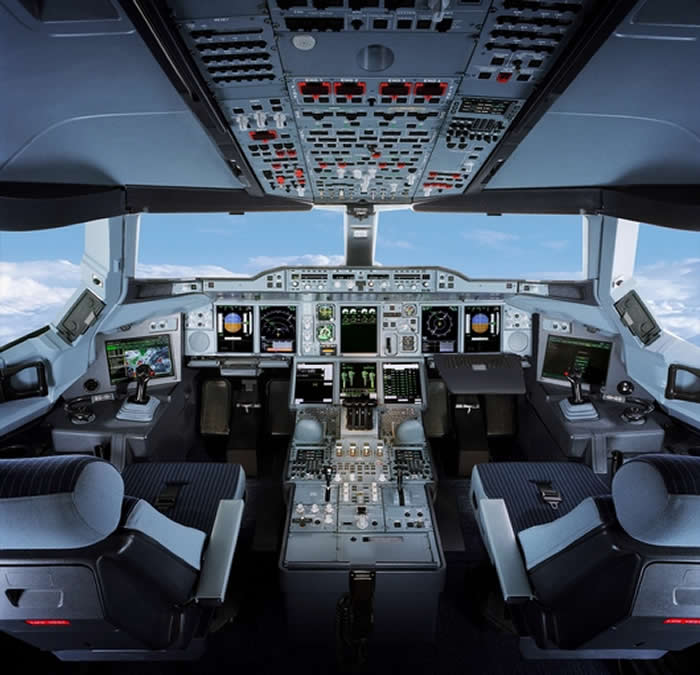
Airbus operates 16 manufacturing sites across Europe, most of which produce parts for the new A380 airliner.
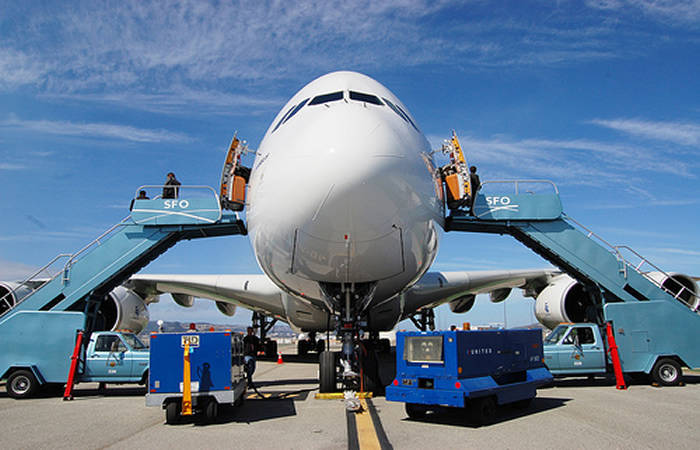
In a first step, the front and rear sections of the fuselage are loaded on an Airbus RORO ship, Ville de Bordeaux, in Hamburg, northern Germany, whence they are shipped to the United Kingdom. There the huge wings, which are manufactured at Filton in Bristol and Broughton in north Wales, are transported by barge to Mostyn docks, where the ship adds them to its cargo. In Saint-Nazaire, western France, the ship trades the fuselage sections from Hamburg for larger, assembled sections, some of which include the nose. The ship unloads in Bordeaux. Afterwards, the ship picks up the belly and tail sections in Cadiz, southern Spain, and delivers them to Bordeaux.
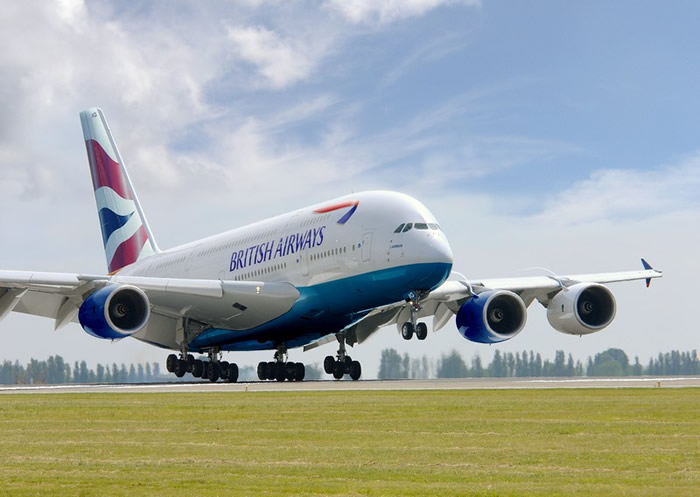
From there, the A380 parts are transported by barge to Langon, and by road to Toulouse, where the A380s are assembled before being flown to Hamburg to be furnished and painted.
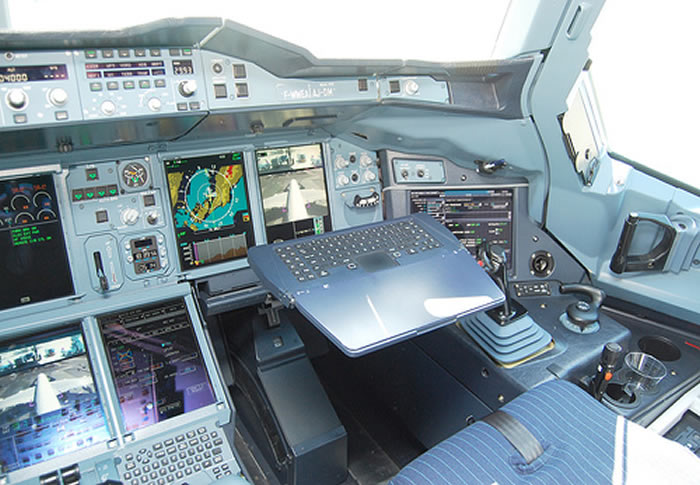 |
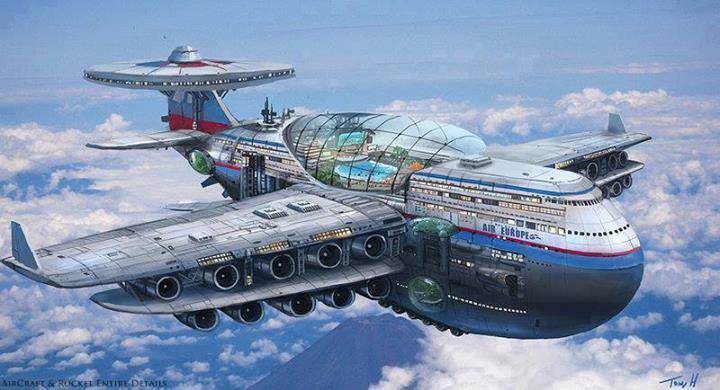





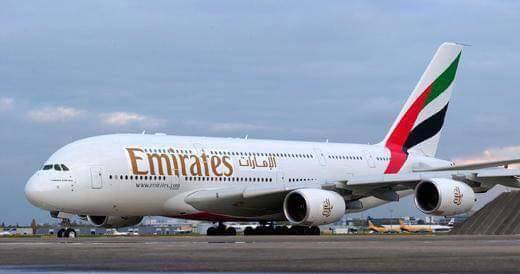
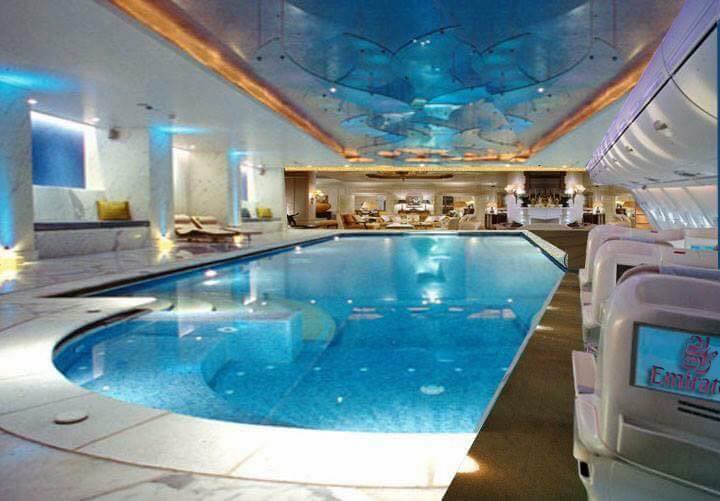
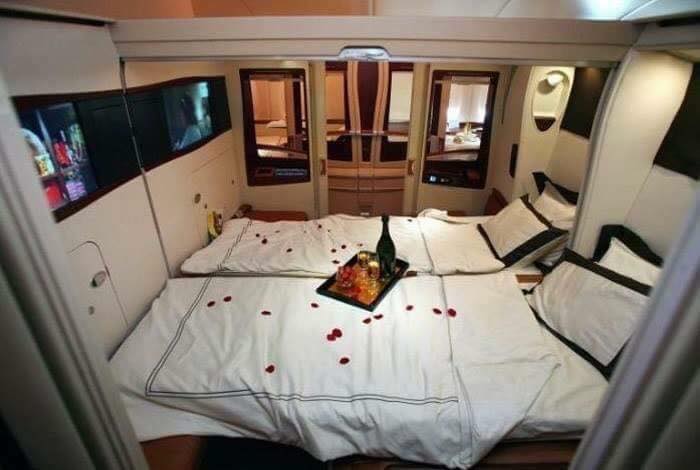
 رد مع اقتباس
رد مع اقتباس
